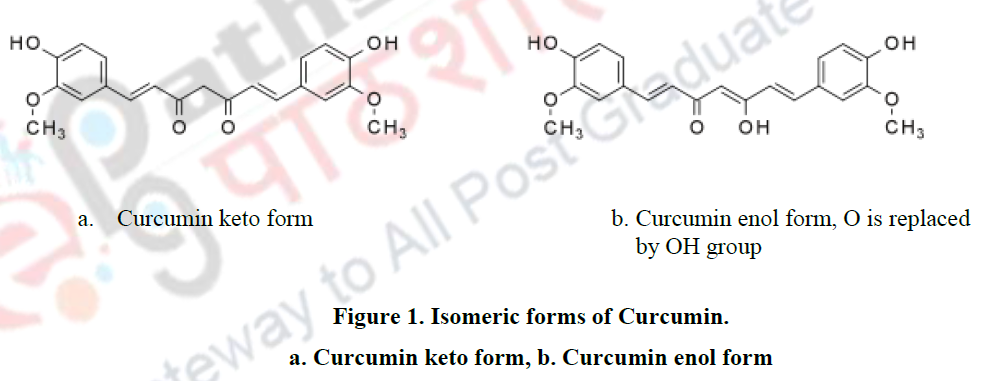29 Turmeric: Powder
29.1 Introduction
Turmeric is an important condiment as well as useful dye with many applications in pharmaceutical and cosmetic industries. It is used as an offering during religious and other ceremonial occasions. One type of starch is also extracted from certain varieties of turmeric. It is an important spice and widely used in many food and snack preparations round the year throughout the country. Thus, there are multiple applications of turmeric and it is a versatile product. The Turmeric plant is propagated by planting pieces of the previous season’s rhizome, which grows to form plants of about 1.9 meters tall. The plant has long stemmed leaves and pale yellow flowers and requires a loamy soil. It grows in a wide range of climatic conditions, but does require rainfall of between 1000 and 2000mm a year. It can grow in locations that are up to 1220m above sea level. Turmeric plays an important role in Indian culture- it is an essential ingredient of curry, used in religious festivals, as a cosmetic, a cloth dye and in many traditional health remedies. The spice is sometimes referred to as ‘Indian saffron. Turmeric is available in two forms one is in keto and other is enol as shown in Fig. 1.
29.2 Turmeric powder:
Turmeric is one of the few spices, which is available in grinder form. Grinded form is preferred over the intact one so as to use in food industry as flavoring and coloring agent. Commonly in Indian kitchen, it is regarded sacred and is used in many rituals. “Kum-Kum”, a speciality of Indians is also made from turmeric. It is used as an offering during religious and other ceremonial occasions. Basis on the use of turmeric there are primary and secondary products of turmeric, which include ‘Madras’, and ‘Alleppey’, turmeric powder and rhizome as primary and the oleoresin and curry powder as secondary depending on the type of processing of turmeric rhizome. Rhizomes come as fingers, bulbs and splits. Fingers are the secondary branches from the mother rhizome, the bulb, and splits are the bulbs cut into halves or quarters before curing. Ground turmeric is mostly used on the retail market, and by the food processors. Rhizomes are ground to approximately 60-80 mesh particle size. Turmeric powder is a major ingredient in curry powders and pastes. In the food industry, it is mostly used to color and flavor mustard. Recently the powder has also been used as a colorant in cereals. Different varities of turmeric are:
- Alleppey: Comes from Kerala. Has a deep yellow colour with a high pigment content (6.5% Curcumin). This type is popular in the USA.
- Madras: Comes from Tamil Nadu. Is a mustard colour with a lower pigment content (3.5% Curcumin). This type is popular in the UK.
- West Indian: Comes from the Caribbean. It is a dull yellowish brown colour
29.3 Grinding / powder making:
Grinding is a simple process involving cutting and crushing the rhizomes into small particles, then sifting through a series of several screens. Ground spices are size sorted through screens, and the larger particles can be further ground. Most quality control laboratories use the U.S. Standards (U.S.S.) screen size system. However, there are other systems that use a different numbering, and comparisons between specifications may be difficult. Depending on the type of mill, and the speed of crushing, the spice may heat up and volatiles be lost. In the case of turmeric, heat and oxygen during the process may contribute to curcumin degradation. The Agmark standards for turmeric powder are:
Table1. Agmark standards for turmeric powdera
a: http://www.turmeric.8m.com/standards.html
b: Ground to such a fineness that all of it passes through a 300 micron sieve c: Ground to such a fineness that all of it passes through a 500 micron sieve
29.2 Properties and Uses of turmeric:
- Most use of turmeric is in the form of powder, however, in some regions leaves of turmeric are used to wrap and cook food, this can provide a distinct flavour and aroma.
- Turmeric is also used fresh, like ginger, it has numerous uses in Far Eastern recipes, such as fresh turmeric pickle, which contains large chunks of soft turmeric.
- In combination with annatto, turmeric has been used to color cheeses, yogurt, dry mixes, salad dressings, winter butter and margarine.
- In medieval Europe, turmeric became known as Indian saffron since it was widely used as an alternative to the far more expensive saffron spice.
- Phytochemicals of turmeric have been investigated in medicinal research for their potential effects on diseases.
- Diseases like cancer, arthritis, diabetes and other clinical disorders are under research for their diagnostic using phytochemical of turmeric.
- The U.S. National Institutes of Health has registered over 71 clinical trials completed or underway to study use of dietary curcumin for a variety of clinical disorders (dated September 2012).
- Turmeric is also used in dye, but the use is limited as it is not very fast. In some regions of india and Nepal it is being used by monks and ladies for dying.
- Turmeric is considered highly auspicious in India and has been used extensively in various Indian ceremonies.
- During the south Indian festival Pongal, a whole turmeric plant with fresh rhizomes is offered as a thanksgiving offering to Surya, the Sun god.
- Friedrich Ratzel in “The History of Mankind” reported in 1896 that in Micronesia the preparation of turmeric powder for embellishment of body, clothing and utensils had a highly ceremonial character.
| you can view video on Turmeric: Powder |


